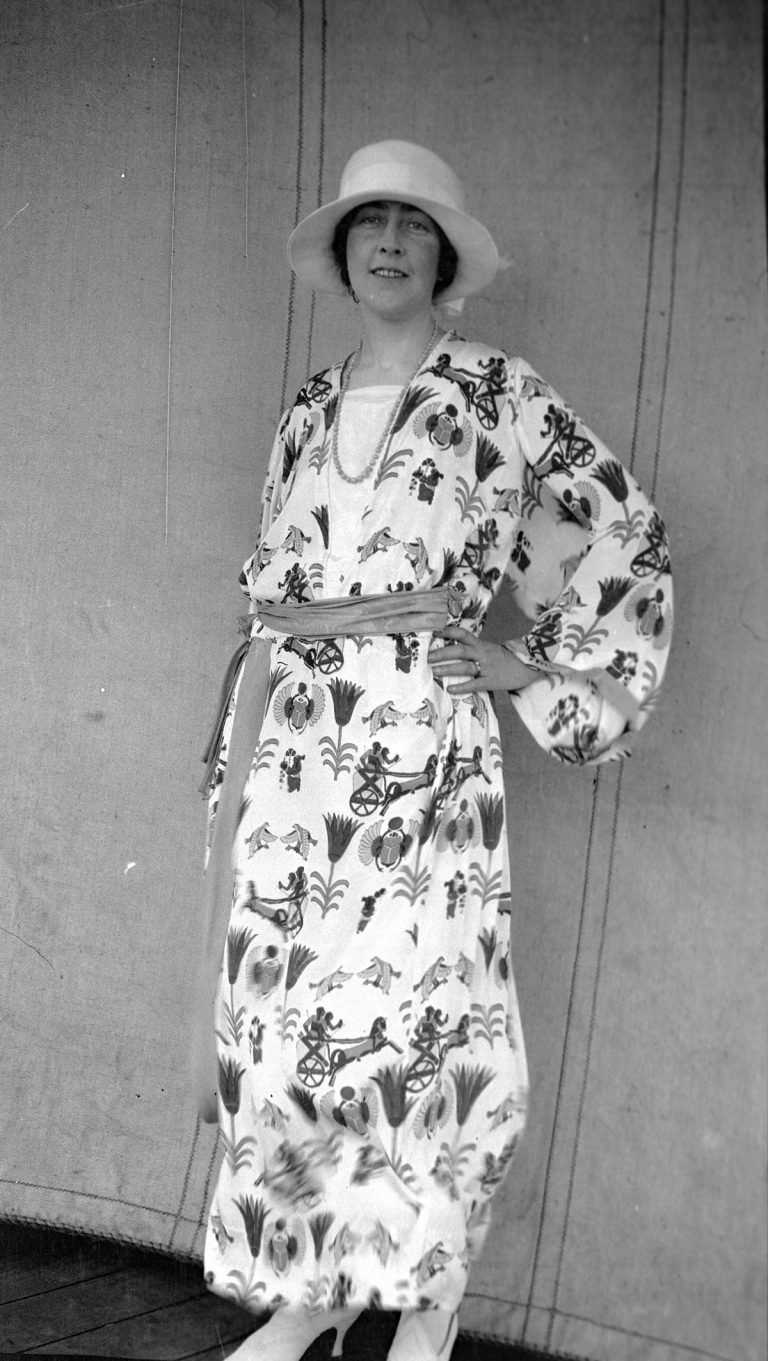Explore significant moments in HarperCollins history
The Case of the Velvet Claws by Erle Stanley Gardner (William Morrow, 1933) and The Corpse in the Green Pyjamas by R. A. J. Walling (Avon Books, 1941).
Crime & Mystery At HarperCollins
In 1860, Harper & Brothers had paid Wilkie Collins £750 for The Woman in White, which heralded the publisher’s entry into the crime and mystery genre. By the early twentieth century, increased urbanization in America and Europe, coupled with growing demand for accounts of real-life crime, led to the evolution of crime fiction into a distinct genre.
William Collins and Sons published its first crime fiction title in 1919—Bernard Capes’s The Skeleton Key. When an up-and-coming author named Agatha Christie published her first Collins novel, The Murder of Roger Ackroyd, in 1926, a flood of bestsellers followed that positioned her as “the acknowledged queen of crime fiction the world over.”
Capitalizing on this, Collins established the Crime Club imprint in 1930. Members received quarterly newsletters that listed the best new releases as selected by a panel of experts, and within a year the club had 20,000 subscribers. The club continued for six decades, and authors made famous by the list included Philip MacDonald, Freeman Wills Crofts, John Rhode, and New Zealander Ngaio Marsh.
In the U.S., William Morrow struck gold with the “czar of mystery writers,” Erle Stanley Gardner, whose Perry Mason detective novels, starting with The Case of the Velvet Claws (1933), would sell more than 200 million copies.
Avon entered the crime and mystery market in 1941 with its Pocket-Size Books, starting with six mysteries, including R. A. J. Walling’s The Corpse in the Green Pyjamas. The entire first printing sold out almost immediately, and another printing was ordered.
At the same time, Harper & Brothers assumed its own position in the market with the launch of Harper Novels of Suspense, founded by editor Joan Kahn, who attracted such talent as Dorothy L. Sayers, Dick Francis, and Julian Symons.





